COTA's US GP introduces new track limits with 'fake gravel'
COTA implements innovative measures to combat track limits issues, including 'fake gravel' traps, narrowed verges, and enhanced camera surveillance. The changes aim to prevent a repeat of 2023's controversial corner-cutting while balancing F1 and MotoGP requirements.
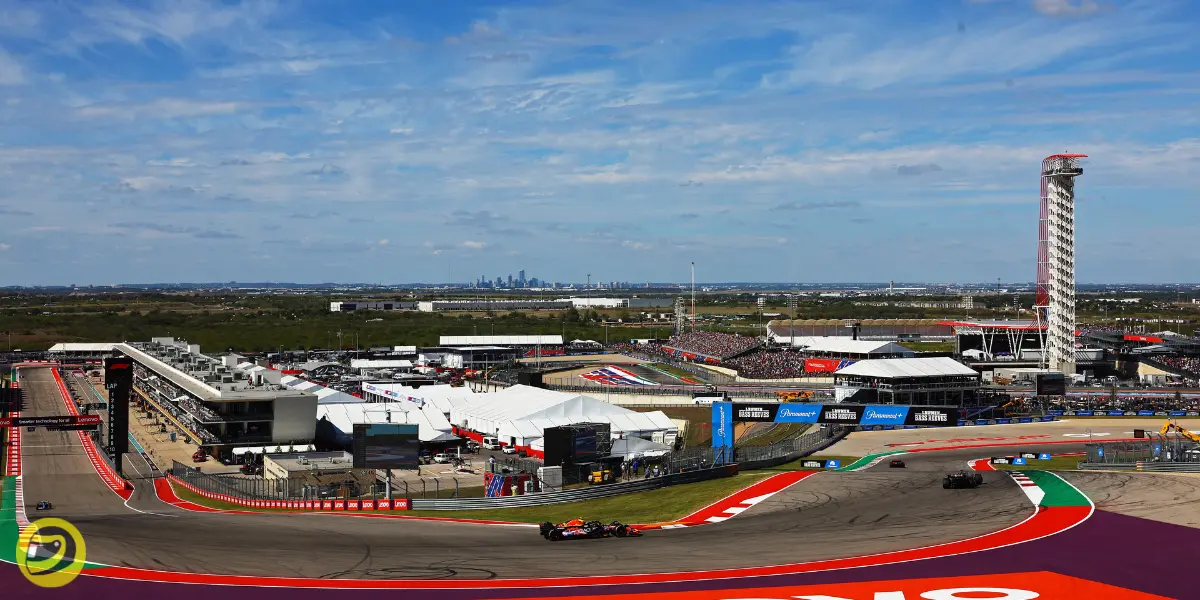
The Circuit of the Americas (COTA) has implemented a series of innovative measures to address the track limits controversy that marred last year's United States Grand Prix.
These modifications, revealed exclusively to Motorsport.com, aim to prevent a repeat of the widespread corner-cutting that prompted heated debates and team protests in 2023.
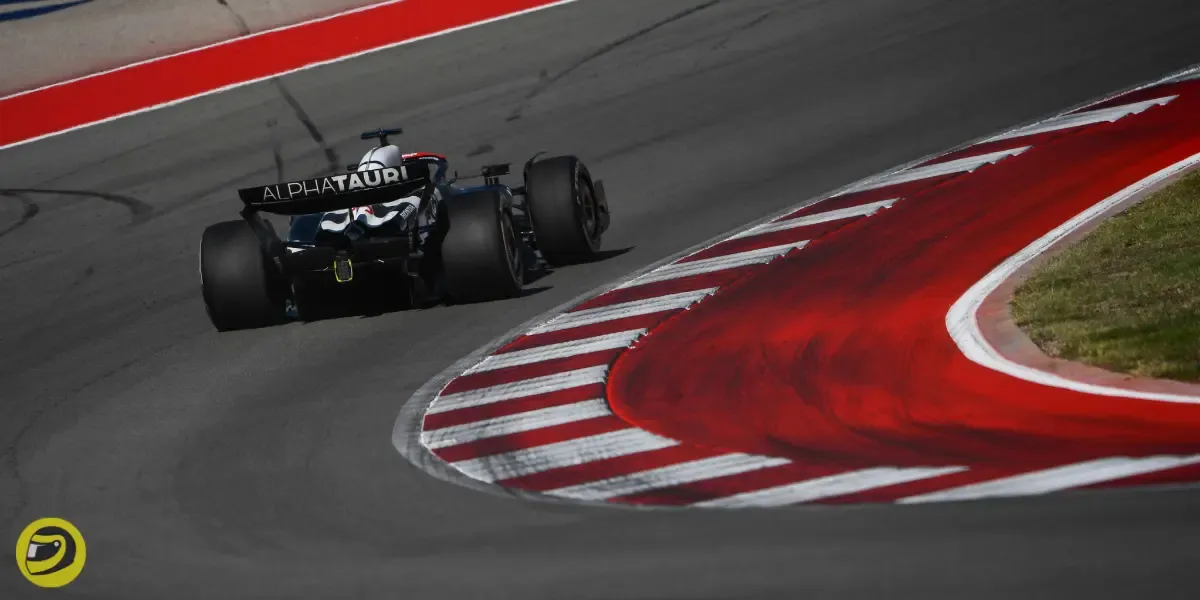
Track limits: A persistent problem
Last year's event was overshadowed by rampant abuse of track limits, particularly at Turn 6.
The situation became so dire that Haas lodged a right of review, claiming multiple unchecked infractions by competitors.
While the FIA stewards rejected this request, on-board footage of drivers consistently running off track fueled complaints from other teams about insufficient enforcement.
The FIA acknowledged the existence of track limits violations but cited inadequate external monitoring capabilities as a barrier to consistent enforcement.
This admission highlighted the need for both physical and technological solutions to ensure fair competition.
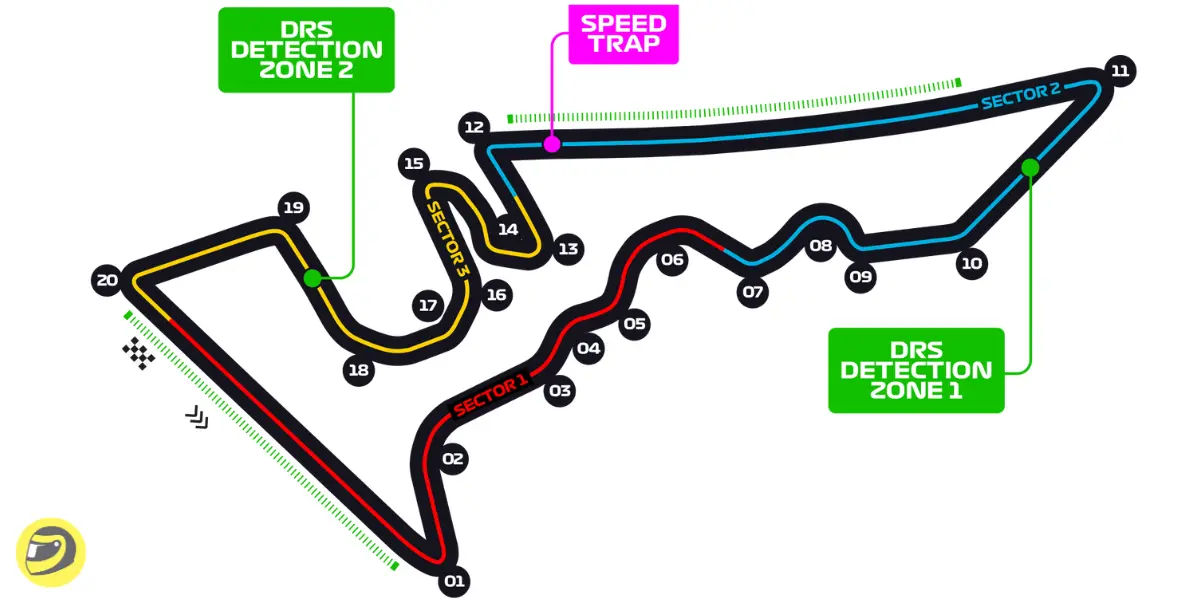
COTA's multi-faceted approach
Responding to these concerns, COTA has rolled out a comprehensive strategy to deter track limits violations:
Narrowed Verges and Turf Installation
At key areas of the circuit, including the inside of Turns 6, 13, 14, and 15, asphalt verges have been reduced by 1.5 meters and replaced with turf.
This modification aims to discourage drivers from exploiting the track's edges, effectively removing the temptation to gain unfair advantages.
Enhanced surveillance
To bolster enforcement capabilities, additional cameras have been strategically placed around the circuit.
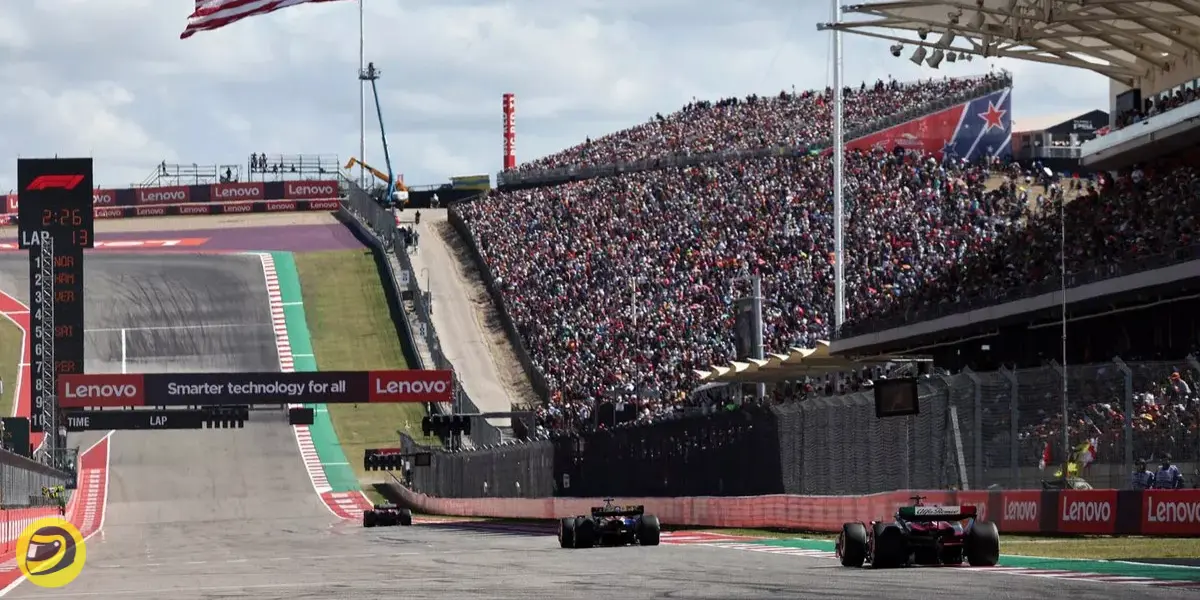
These new vantage points should provide race control with clearer evidence of potential infractions, addressing the monitoring shortcomings highlighted in the previous year's event.
'Fake Gravel' innovation
Perhaps the most intriguing change comes at the exit of Turn 11, where COTA has introduced a 'fake gravel' trap.
This resin-bound, gravel-filled insert replaces the previous asphalt run-off area and its 'turtle bumps'.
The concept, pioneered at Zandvoort, serves as a deterrent to drivers without the risk of loose stones being dragged onto the racing line.
Balancing act: F1 and MotoGP requirements
Austin race promoter Bobby Epstein shed light on the challenges of modifying a circuit that hosts both Formula 1 and MotoGP events.
"There are some areas where it's hard because, if you run Moto GP and F1 on the same track, one wants gravel in an area where another one wouldn't,"
Epstein explained.
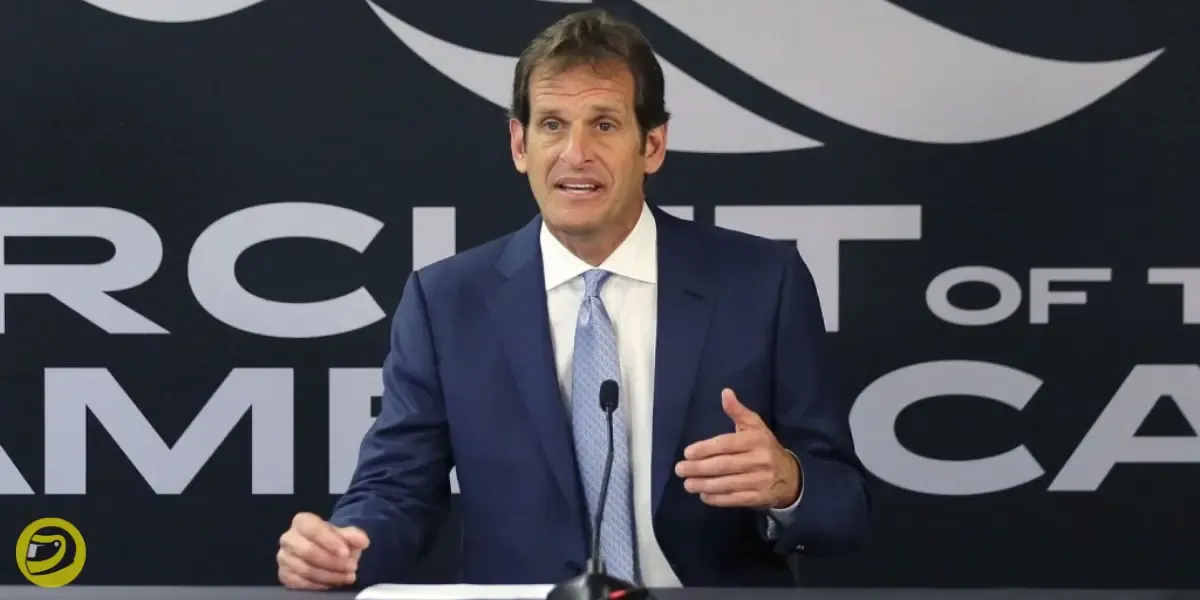
"You can't have both, and you can't cut into the track and put in gravel, then flip it back and hope it stays watertight when you have clay underneath it."
Comprehensive resurfacing
Beyond the track limits measures, COTA has undergone a full resurfacing since last year's race.
This should address the bump issues that drew criticism from drivers in 2023. Epstein expressed optimism about the drivers' potential reactions:
"I know Max [Verstappen] gave it a pretty poor review last year. So I hope we hear something positive. I'm certain we're going to hear: 'This is like a totally new track. It's fantastic.'"


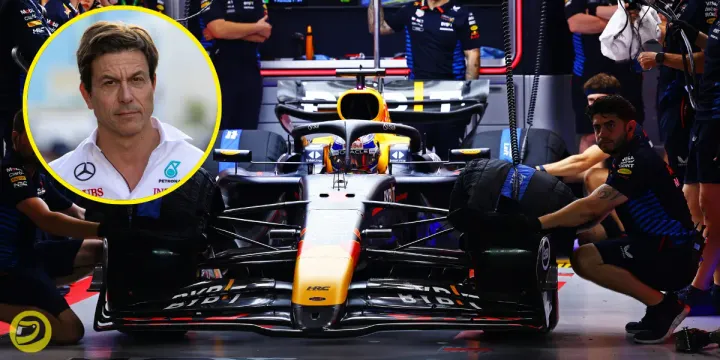
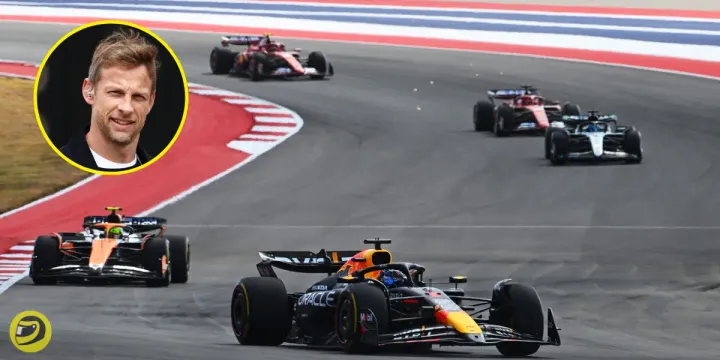
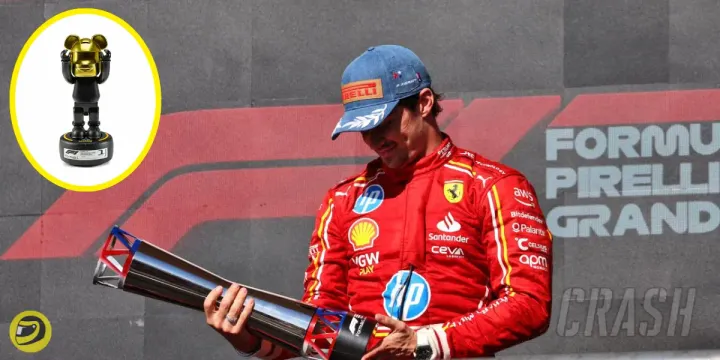
Comments ()